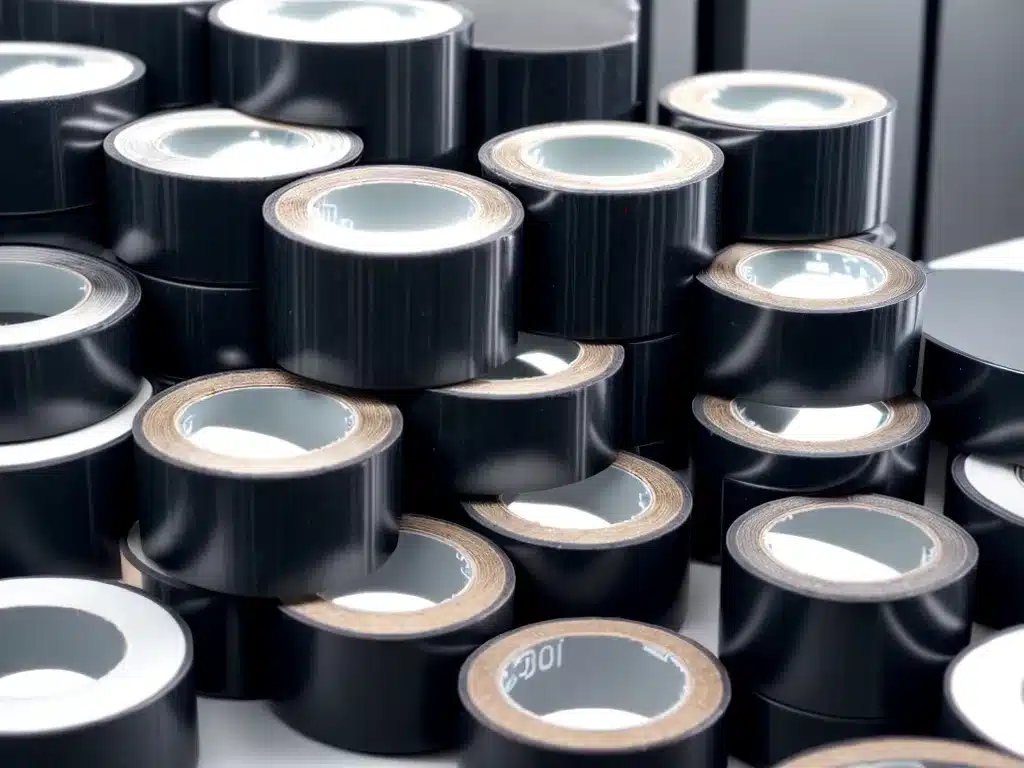
Introduction
Data backup is a crucial part of any organization’s data protection strategy. As data volumes continue to grow exponentially, many IT teams are looking for cost-effective long-term storage solutions. Tape backup has been around for decades and offers unique advantages over other backup media.
In this article, I will provide an in-depth look at tape technology in 2024 and discuss key factors to consider when evaluating if tape backup should be part of your organization’s data protection infrastructure.
Overview of Tape Backup
Tape backup (or tape archiving) involves writing data to removable magnetic tape cartridges for long-term storage and disaster recovery purposes. Tape has been used for data storage since the 1950s.
Some key advantages of tape backup:
-
Cost-effective – Tape cartridges are inexpensive compared to disk. Tape has a longer shelf life and requires less frequent replacement than other media.
-
Scalable – Tape libraries scale into the exabyte range. A single tape cartridge can store up to 60TB uncompressed data. LTO-9, the latest tape format, provides 45TB compressed capacity per cartridge.
-
Portable – Tapes are small and rugged so they can be easily transported offsite for disaster recovery.
-
Long-term retention – Tape cartridges can store data for 10-30 years with proper storage conditions.
-
Energy efficient – Tape consumes minimal energy when not actively reading/writing data.
Key Factors to Consider for Tape Backup in 2024
1. Data Access Frequency
Tape works best for infrequently accessed data or archival data. The sequential access nature makes tape unsuitable for frequent random lookups.
Use cases like backups, archived projects, compliance data, medical images etc. are ideal for tape. Data that needs high-performance access should stay on disk or flash.
2. Data Retention Period
Long-term data retention is a key strength of tape. While disks have capacities up to 100TB, their typical life span is 2-5 years. Cloud storage incurs monthly fees for retention duration.
Tape makes sense if you have data with retention periods over 10 years. Certain industries (media, science) have data retention requirements exceeding 30 years where tape is advantageous.
3. Backup and Recovery Requirements
Tape is highly optimized for sequential writing and reading of large blocks of data. This makes it ideal for backup workflows.
Options like LTFS (Linear Tape File System) allow accessing tape like disk for simplified data management. Features like WORM (Write Once, Read Many) help meet compliance requirements.
4. Archive Consolidation Requirements
Organizations often have data scattered across multiple systems like NAS, SAN, DAS, optical discs etc. Tape provides centralized long-term archive consolidation enabling storage tiering.
Older media can be progressively consolidated to newer higher density tape cartridges while maintaining transparency.
5. Offsite Disaster Recovery
Storing tape cartridges offsite provides an air-gap against cyberattacks. It also enables disaster recovery in case of events like fires, floods etc.
Tape pickup services provide automated scheduled rotations. Restoring from tape backups stored offsite ensures availability in case of infrastructure loss.
6. Environmental Goals
With sustainability becoming an urgent priority, the energy efficiency of tape is compelling. Tape consumes just 6 watts during operation versus 50-100+ watts for HDDs.
The long media life and low power usage makes tape aligned with environmental initiatives like reducing e-waste.
Key Developments in Tape Technology
The tape industry continues to innovate on capacity, performance and capabilities:
-
Higher capacities – LTO-9 doubled capacity from LTO-8 to 45TB compressed per cartridge. Future formats will continue this trajectory.
-
Faster speeds – Performance has increased from 140 MB/s with LTO-1 to over 750 MB/s with the new LTO-9 format.
-
LTFS format – The Linear Tape File System allows accessing tape like disk while maintaining compatibility with existing software.
-
Ransomware protection – LTO cartridges in a robotic library can be stored offline to provide an isolated air-gap copy.
-
Cloud integration – Solutions like Active Archive bridge on-premise and cloud storage with transparent access to tape.
Use Cases Where Tape Backup Should Be Considered
-
Long-term Regulatory and compliance archiving (financial, medical etc.) requiring 10-30+ year retention
-
Backup repository for large volumes of data with around monthly recall needs
-
Disaster recovery protection with offsite tape vaulting
-
Big data archives such as media files, bio-informatics data, astronomy imagery etc.
-
Edge environments that require energy-efficient data capture and staging before cloud upload
Conclusion
Tape backup continues to be relevant for cost-optimized long-term data retention. Combining tape with cloud and disk in a tiered storage infrastructure allows accessing data across hot, warm and cold tiers.
With tape technology continuing to evolve along with higher capacities and performance, it provides unique advantages in terms of longevity, portability, energy efficiency and low TCO for certain workloads.
Organizations should evaluate tape as part of their 2024 data protection strategy based on factors such as retention needs, recovery objectives and environmental sustainability goals. Tape enables affordable petabyte-scale active archives.
In the right use cases, tape backup delivers compelling TCO benefits compared to only-disk or only-cloud approaches. Rather than an “either-or”, integrating tape alongside other media allows optimizing storage across data types, retention and access patterns.












